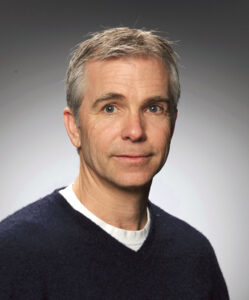Art News: Naomi Natale, Omb Founder And Director

Art News: Rick Rennie, Omb Executive Volunteer Committee Member

Art News: Tim Nisly, Omb Executive Volunteer Committee Member

Latest Article|September 3, 2020|Free
::Making Grown Men Cry Since 1992










